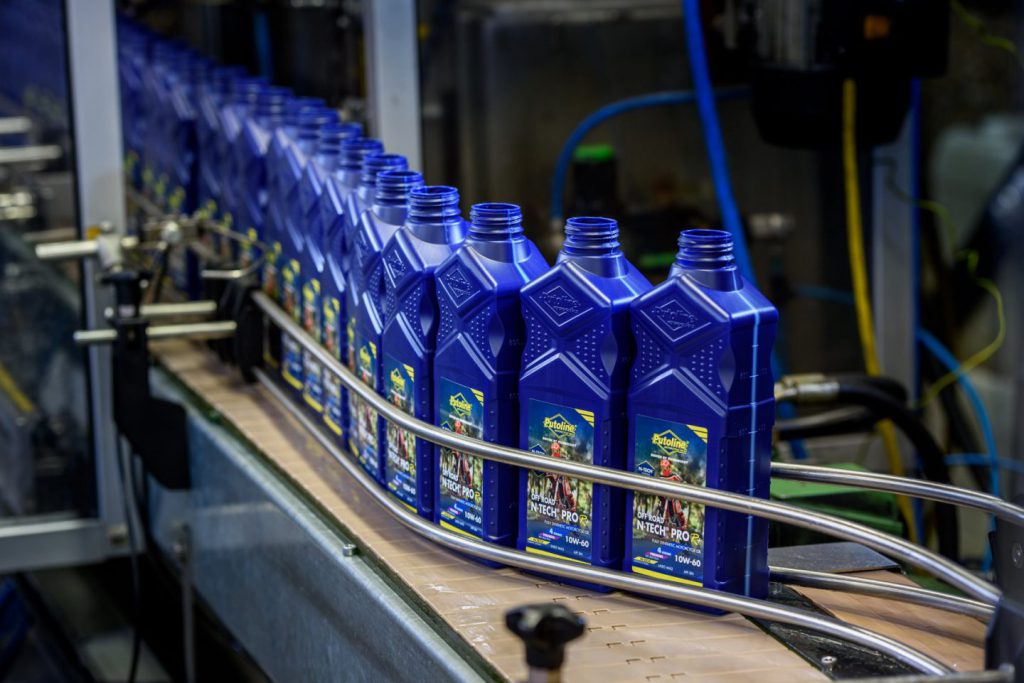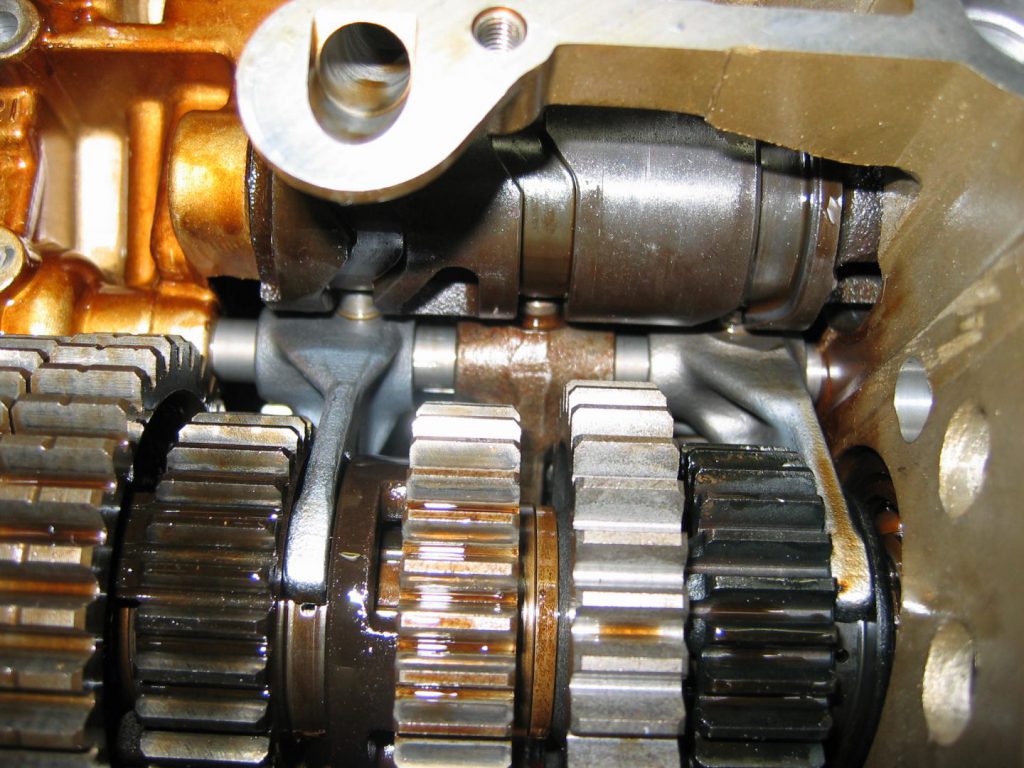
Which is the best? Which one do I need? Can I use any oils? These are some of the more popular questions when it comes to motorcycle oils. Before we open a huge can of worms, we all know the importance of engine oil for our motorcycles beloved engine but just how many times have we stood wondering whether we’re picking up the right oil or not, or if we are just creatures of habit using the same brand and type of engine oil?
At Demon Tweeks we stock a huge range of motorcycle oils from the top manufacturers, such as Motul, Putoline, Rock Oil, Silkolene, Castrol, Liqui Moli, Motorex and more; but which type and brand of oil is best for your bike?
The handbook or workshop manual tells us what oil should go in, but, when we are confronted with viscosity types, oil types and JASO standards, it can be a little confusing sometimes… To try and make it a little easier to understand and without going into too much depth, we’ll start with different types of oil and what they are designed for!
Four stroke engine oils

Older classic bikes still use monograde oils, whilst all modern motorcycles now use the various types of multi-grade oils including:
- Mineral oils are essentially the most basic type of engine oil and are usually recommended for smaller capacity bikes that do not have highly stressed motors. Mineral oils are also relatively cheap in comparison and, therefore, kind on your wallet as well as your engine! The only downside is that they don’t last as long as synthetic oils, but even with frequent changes, it is still an affordable option.
- Semi-synthetic oils are, as the name suggests, a mixture of a mineral based and a synthetic oil (usually no more than 30% synthetic), with the ability to protect your engine against higher temperatures and load. Semi-synthetic oils are normally used in bikes that are not put under a lot of stress, but still have a healthy power output making this style of engine oil perfect for commuters and leisure riders on larger bikes.
- Fully synthetic oils are the cream of the crop! Unlike a mineral oil, a fully synthetic oil will have all its impurities removed and will be enhanced with additives to offer ultimate protection to your engine. A fully synthetic oil is more suited to track day bikes and race bikes where the engine is constantly under extreme stress, and the use of an oil that offers maximum lubrication without the rapid deterioration of a mineral or semi-synthetic oil.
Engine oil viscosity and grades

Probably the most misunderstood and confusing aspect of buying oil for our bikes, but arguably the most important! The viscosity of your oil is measured by its resistance to flow. This means that your oil must be capable of flowing at low temperatures, so that it gets around the engine quickly on start up to protect the components, but it must also be capable of protecting our engines at high temperatures without evaporating and keeping the oil pressure at a good level throughout.
On a multi-grade oil, we see two numbers – the first is commonly 0, 5, 10, 15 or 20 and is followed by a “W” which stands for winter – not weight as many believe. The second number is always higher and is usually 20, 30, 40, 50 or 60.
When multi-grade oils first hit the market, a winter test was introduced to see how well all oils flowed at low temperatures. We all know oil is thicker when it is cold compared to when your engine is warm, but basically the lower the first number, the quicker the oil will flow when it’s cold.
The second number is known as the SAE (Society of Automotive Engineers) is the oils resistance to flow (viscosity) at 100°C through a standard orifice. The thicker the oil – the higher the value, the lower the value the thinner the oil. Your handbook will specify what grade of oil your bike needs, but it is handy to know what the numbers mean – especially if your handbook lists different grades for different markets around the world.
Two stroke engine oils
Unlike a four-stroke motorcycle where the crankcases are closed (apart form a ventilation system), a two-stroke motorcycle uses its crankcases as part of the induction system, meaning the engine’s lubricating oil must be mixed with the fuel in order for it to be distributed around the engine.
Just like four-strokes, two stroke oils are available in many different types, depending on the bike. Two stroke oils can be mineral, (or castor) based, semi synthetic or fully synthetic and depending on the type of oil and machine, the fuel-to-oil ration mix could be anything from 16:1 to 100:1!
Some scooters and lower powered engines can use the most basic of two stroke oils, but it is always preferable to buy the best two stroke oil you can (whether pre-mix or auto lube), as most modern day synthetic two stroke oils burn a lot cleaner, reduce emissions and drastically reduce oily deposits on spark plugs.
Gear oils

Most modern bikes use the same oil for engines and gearbox, meaning this isn’t something to worry about, but some BMW’s and Harleys have a separate gearbox to the engine, so they require a separate gear oil (as do some shaft drive systems). All two-stroke motorcycles require separate gear oil, as do classic pre-unit construction engines where the bikes have a separate gear box.
A motorcycle’s gearbox oil is vital to keep the transmission running smoothly, making sure that the gears and internal components do not wear or over heat, whilst giving maximum efficiency and performance. It differs from car gearbox oil and is made especially for motorcycles so you cannot use the same one you put in the car, or vice versa.
Gear oils are very similar to engine oils as they are available in different viscosities. The SAE gear oils are rated as per monograde engine oils – the higher the number, the heavier the weight of the oil and it is thicker as it flows through the gears. As a rule of thumb, lighter gear oils are better suited to small, fast polished gears under a light load, whereas heavier oils are designed for larger, slower gears under heavy load.
Multi-grade gear oils are also available and just as the engine oils, they have two different viscosities shown – the lower “winter” one for colder weather and the higher hot viscosity e.g. 75W90. These multi-grades are more suitable to all-year round use (although check your handbook or manufacturers specifications to be sure).
Fork oils
Fork oil is another oil that is used on your motorcycle that can be purchased in various viscosities, and is essential to the hydraulic damping function on your front forks. When you hit a bump, or the front dives on the brakes, fork oil is transferred from one side of the fork to the other through a series of small holes or valves, and it is this action which creates the damping action in your forks (the springs inside hold the front of the bike up, but the oil in the forks is what stops them bottoming out).
Fork oil is rated in a similar way to the SAE rating for engine oils, so the thinner the oil, the forks will move faster and the damping will be softer. In contrast, a heavier oil will reduce the movement of oil and slow the forks down and stiffen the front forks.

So, there we have it – a basic run through of the various types of oils for your bikes. There are plenty of other types of fluid we use in our bikes, such as brake fluid, coolant, fuel additives, sealants, greases and cleaning products, but these are nowhere near as complicated as the world of oils.
We’re not saying that picking your next bottle of bike oil will be a breeze, but next time you’re looking to change the oil on your bike we hope we have given you the information to make a more informed decision.
